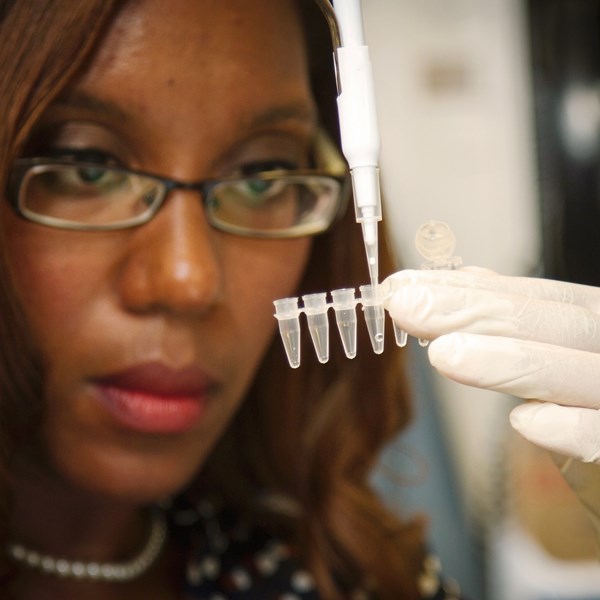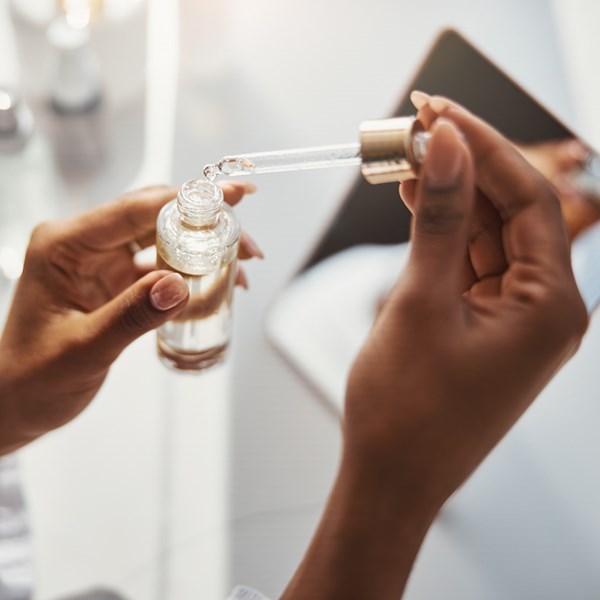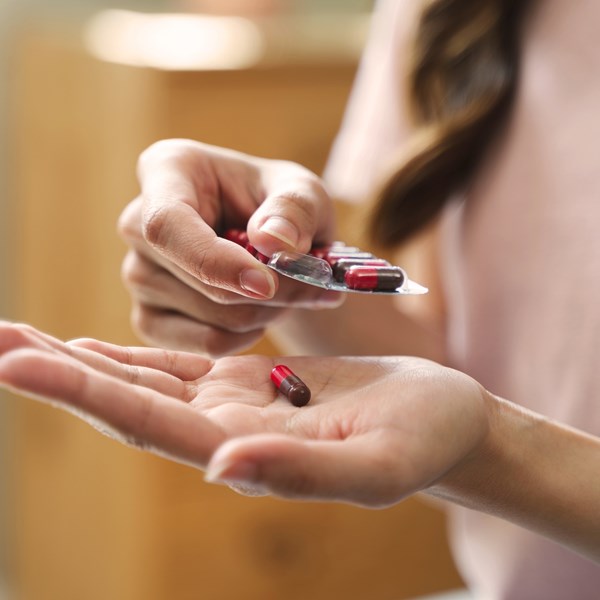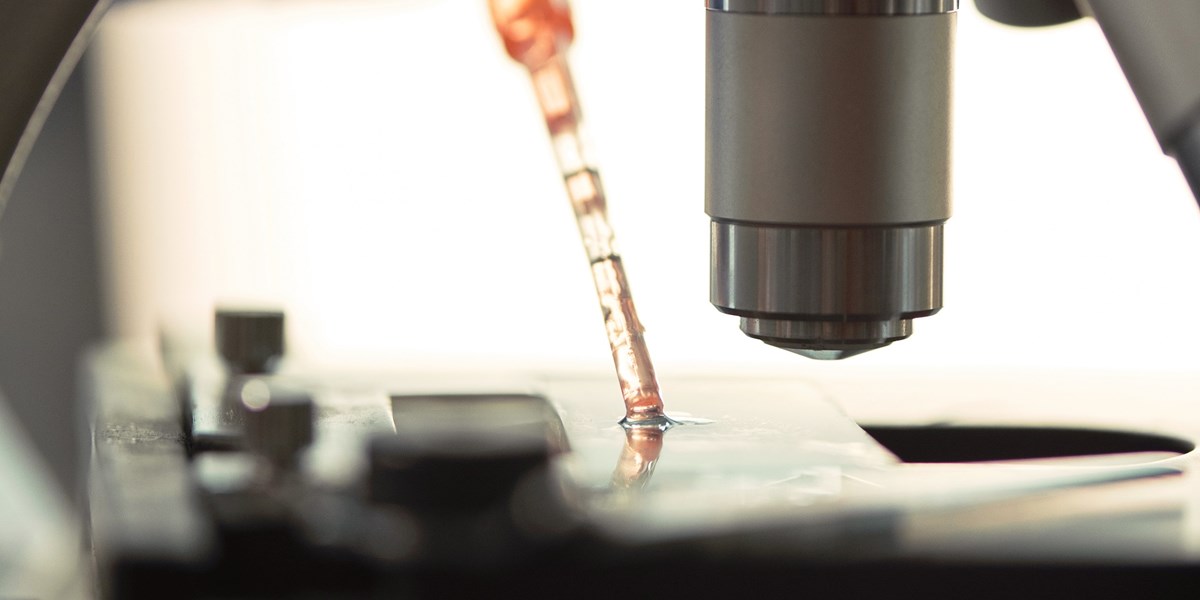In the latest development in global patent litigation that has polarized the life sciences industry, Amgen’s patent claims covering a whole class of monoclonal antibody PCSK9 inhibitors have been ruled to be invalid by the US Court of Appeals for the Federal Circuit.
The US patents cover Amgen’s own antibody evolocumab (branded as Repatha®), which is used as a cholesterol medication, and the structurally distinct rival antibody alirocumab (branded as Praluent®) which Sanofi and Regeneron developed independently.
WINNER TAKES ALL OR COEXISTENCE?
Amgen’s patents were broad enough to cover antibodies that it had not actually invented because the patent claims defined the antibodies in broad functional terms, rather than in terms of their molecular structure. The claims of US8,829,165 and US8,859,741 define the antibodies as binding to one or more specific amino acid residues in the enzyme PCSK9, and in blocking the binding of PCSK9 to the LDL receptor. Thus, in principle, the claims covered a genus of antibodies, a claim scope vastly broader than the specific antibodies disclosed in the patents.
The specificity of an antibody for binding to an antigen is conferred by the protein sequence of regions of the antibody that vary between one antibody and another. However, the relationship between an antibody’s protein sequences and its binding properties is currently unpredictable.
The issue before the court was whether the patent claims met the statutory test for “enablement”, essentially the requirement that the patent’s specification must “enable any person skilled in the art…to make and use” the patented invention. Amgen’s case was that a skilled practitioner could make all antibodies within the scope of the claims by following a “roadmap” involving routine screening techniques described in the specification or by making minor modifications to the twenty-six examples described structurally. Sanofi’s case was that there are millions of antibody candidates within the scope of the claims and that undue experimentation would be required to make and test them to determine whether they satisfy the claimed functions.
Previous recent rulings of the Federal Circuit have addressed the enablement of patent claims to broadly defined classes of small molecules, limiting the possibilities to obtain broad claims, but it was uncertain how these rulings would be applied to functionally defined antibodies.
OPINION DIVIDED
The case drew amicus briefs on both sides.
On the one hand, Bristol-Myers Squibb and Merck Sharp & Dohme cited fundamental differences between small molecule and antibody technologies in support of Amgen’s case. They argued “antibodies are harvested, while synthetic organic molecules are built. The experimentation and development of antibody technology is front-loaded into the identification of the target, binding affinity, and therapeutic result. Once that information is disclosed, the development and screening of additional variants is routine.”
On the contrary, Pfizer and Eli Lilly saw the potential for broad antibody claims to stifle innovation, with Pfizer viewing the breadth of Amgen’s claims as “a deliberate strategy designed to capture any and every anti-PCSK9 antibody that a competitor might develop”. Eli Lilly cited evidence that “even when two different therapeutic antibodies bind similar regions of a biological target, multiple studies have shown they can elicit widely different, and medically relevant, responses”. Eli Lilly further noted that a patent directed to all antibodies to the SARS-CoV-2 virus would “preempt more than a dozen pharmaceutical companies developing therapeutic antibodies to combat this viral pandemic”.
THE COURT'S REASONING
In applying the case law, the court found that it was not so much the number of antibodies that would fall within the claims, but the breadth of the functional claim features that should be the focus of the enablement enquiry. The court noted that “it is important to consider the quantity of experimentation that would be required to make and use, not only the limited number of embodiments that the patent discloses, but also the full scope of the claim”. The court found essentially that undue experimentation would have been required to identify antibodies satisfying the functional requirements and noted in general that functional claim limitations “pose high hurdles in fulfilling the enablement requirement for claims with broad functional language”. The binding feature alone would have been enough to render the claims non-enabled.
The decision aligns the allowable scope of antibody patents with the small molecule case law. Furthermore, the US Supreme Court has declined to consider previous Federal Circuit decisions on enablement of small molecule genus claims, so it seems likely that the present decision will stand.
FATE OF EQUIVALENT PATENTS OUTSIDE THE US
In Europe, the scope of Amgen’s corresponding European patent EP 2 215 124 was significantly limited by the European Patent Office (EPO) in December 2020, following opposition and appeal proceedings.
The claim that covered Sanofi’s Praluent® was defined in functional terms but more narrowly than the US claims, requiring the claimed antibody compete for binding to PCSK9 with either evolocumab or another specific antibody; and also requiring neutralizing activity, essentially the ability to reduce the binding of PCSK9 to the LDL receptor.
Although the claim was found to meet the enablement requirement at the first instance opposition proceedings, it was subsequently invalidated for lack of inventive step by the Board of Appeal.
The fact that the functionally worded claim was not invalidated for lack of enablement by the EPO does not necessarily mean that it would have been found to be enabled by a national court in a European jurisdiction. EPO opposition proceedings are by their nature limited, particularly concerning the taking of expert evidence, and the legal burden is on an opponent to demonstrate lack of enablement.
In Japan, the Supreme Court ruled in favour of Amgen in April 2020, upholding the IP High Court’s decision of October 2019 that Amgen’s patents are valid, and that Sanofi’s Praluent® infringes. Here, the antibody is defined functionally in terms of neutralizing activity and competing for binding to PCSK9 with evolocumab. The enablement requirement was met because the specification taught how to obtain an antibody with the required functions, and it was not necessary for the specification to disclose how every suitable antibody may be obtained. The court ruling means that Sanofi is prohibited from manufacturing, distributing, importing, or offering to distribute Praluent® in Japan.
FURTHER SCRUTINY ON THE HORIZON?
Amgen and Sanofi’s global patent litigation highlights differences in approach to the validity of functionally defined antibody patents between major jurisdictions, and the implications for the life sciences sector go further than the specific antibodies involved. It has been observed that there are a diminishing number of new targets and biological pathways to be found in biology, and most antibody patent claims must be couched narrowly to antibodies defined in terms of molecular structure before they will be granted by a Patent Office. Limiting the scope of antibody patents by molecular structure rather than functional parameters allows different innovator biologics to coexist.
The SARS-CoV-2 pandemic has provided a completely new target for development of antibody drugs, and it may be that enablement laws will come under further scrutiny if patentees attempt to patent whole classes of antibodies targeted to the virus.
This article was first published by PharmaTimes Magazine and can be found here.







